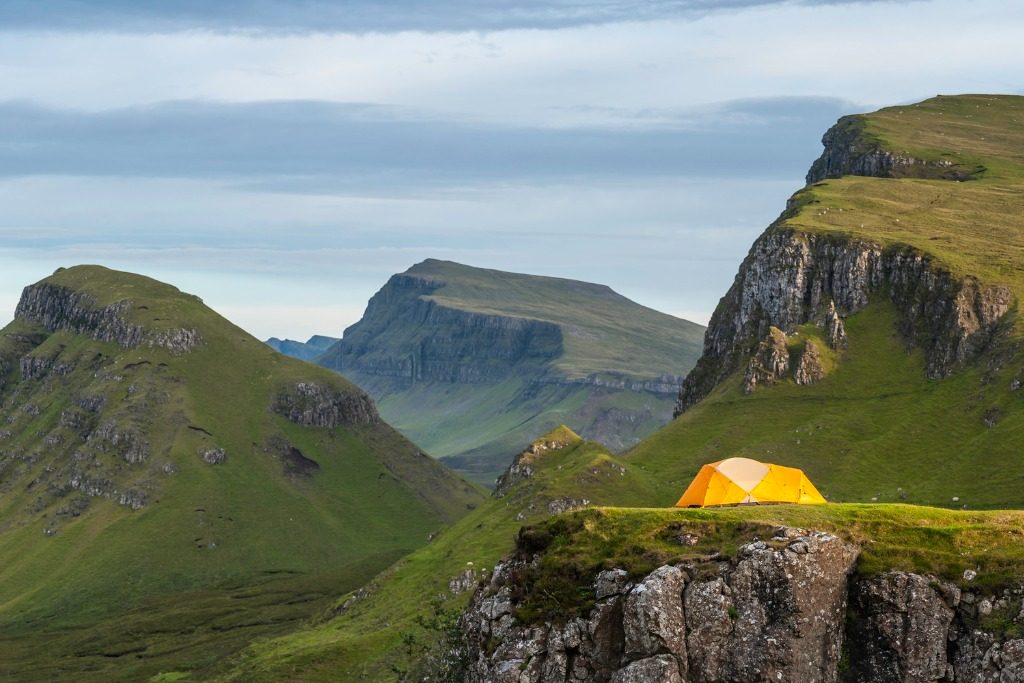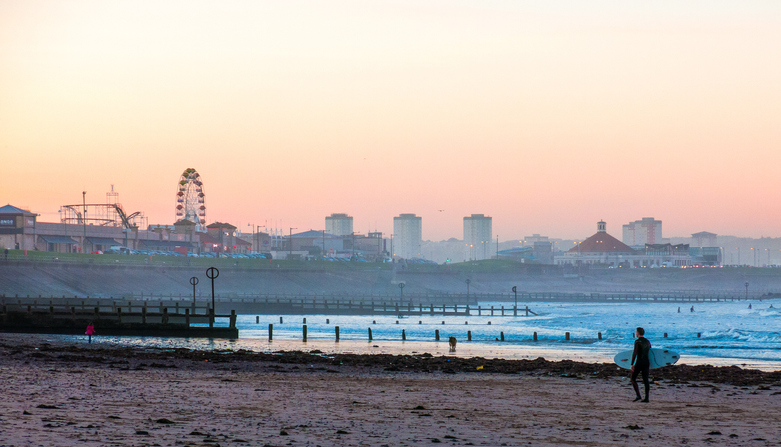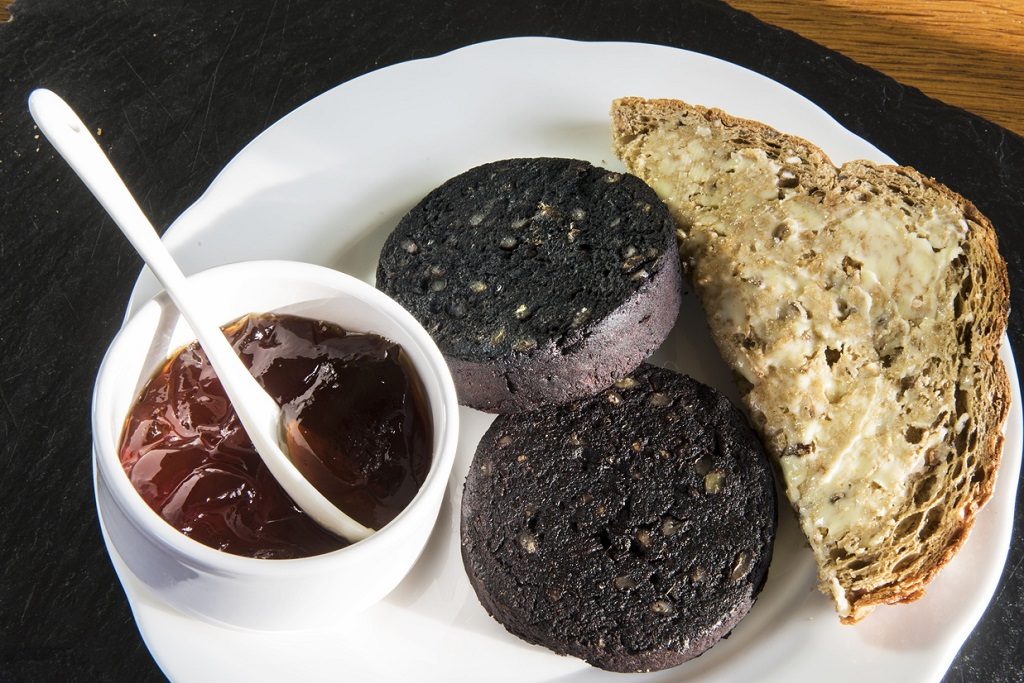Scotland is a country famous for its warmth and hospitality. It’s a truly beautiful country, filled with breathtaking landscapes, majestic castles, and a rich history. However, like any popular destination, your trip can be made a lot easier by brushing up on some Scotland travel tips. From food to transportation, here are 13 tips to keep in mind to make your trip Scotland go a whole lot smoother.
Also Read: Essential New Zealand Travel Tips To Know Before You Go
1. Always be prepared for the unpredictable Scottish weather
Scotland is notorious for its unpredictable weather. Never trust a clear blue sky – it can change very quickly. It’s said that you can experience all four seasons in one day. While this can result in some stunning views, it also means that you need to be prepared. So, dress in layers, and carry both an umbrella and sunglasses with you.
2. You will encounter different types of currency
While Scotland uses the regular Bank of England currency notes that are seen across the UK, they also have their own banknotes. Many Scottish banks issue their own pound notes, and you will see different designs depending on which bank printed them. Currently, three banks (the Bank of Scotland, the Royal Bank of Scotland and the Clydesdale Bank) are allowed to issue notes.
 3. When visiting rural areas, carry cash
3. When visiting rural areas, carry cash
If you’re visiting rural areas, carry cash with you. While cards are widely accepted in towns and cities, it is rarer in small communities and on the islands. ATMs are also scarce, as they are often in the village shop or post office and cannot be accessed after closing.
4. Don’t just stick to the mainland
Most people stick to the typical places in Scotland, such as Edinburgh, Stirling, Glasgow, Fort William, Inverness, and perhaps the Isle of Skye. They are all beautiful places, but the country has lots more to offer. There are nearly 800 islands you can explore, from the Orkney Islands to the Outer Hebrides, Mull, Iona, Staffa or the Isle of Arran. You can also drive up Scotland’s scenic west coast (called Wester Ross) jaw-dropping rugged scenery.

5. If you’re driving, remember to watch out for the wildlife
Like the rest of the UK, the Scottish drive on the left-hand side. ALways pay attention to the speed limits (usually given in miles per hour) and to oncoming traffic, especially on rural lanes. But also remember that the wildlife can be quite unpredictable, and may leap onto the roads. Most animals (like sheep, squirrels and pine marten) will quickly run away, but it’s best to give animals like wild boar and red deer – especially stags – a wide berth if spotted, as they might get aggressive. If you’d rather not drive yourself, there are many companies that take people on group tours.
6. Choose our public transport wisely
If you plan to use public transportation, check buses as well as trains, as they are often a lot less expensive. When travelling for multiple days, consider investing in a ScotRail Travel Pass. They have passes covering most trains, buses and ferries, which can cost less than individual tickets.
 7. There aren’t any ticket booths at some rural stations
7. There aren’t any ticket booths at some rural stations
Big railway stations in Scotland may have automatic ticket booths, but in many rural stations, you’re unlikely to find any ticket booths. If this is the case, you’re likely to find a sign saying so, and all you have to do is buy your ticket when on the train. On the other hand, if you want to stop at a small rural station, inquire if it is a “request stop”. If so, be sure to tell the train guard where to stop when they come to check your ticket.
8. You can walk and camp almost anywhere
Scotland allows walking access to almost all public land, and this is also true of wild camping. However, it is still best to check before camping if there are any specific restriction on the lighting of fires. Some areas are also off limits during hunting season, and when trees are being cut down.
 Also Read: A Quick Guide to Visiting the Scottish Highlands
Also Read: A Quick Guide to Visiting the Scottish Highlands
9. Know how to keep away midges
While Scotland is undeniably beautiful, there is one thing that can spoil this wonder. Scottish midges are everywhere, especially outside during the summer. These tiny biting flies are a real nuisance but can be repelled either with the traditional herb bog myrtle or with preparations from pharmacies. If you’re camping, smoke can also keep them away.
10. Be safe when hiking in the mountains and wild areas
When you’re hiking, especially in the Highlands, remember to wear comfy and waterproof shoes that will keep your feet both warm and dry. Also, only venture out as far as you can safely navigate back, and weather conditions can change very quickly. It is also advisable to leave word with someone (friends, family, or hotel reception) about your route and return time, as there may not be connectivity in all areas.

11. Also remember water safety precautions
Whether you visit the freshwater loch, a river, or the coast, it is important to keep in mind the basic water safety precautions. Always be aware of your surroundings, and check on local tide conditions before venturing out. Remember that rivers and streams (or burns) can rise rapidly after rains and snow-melt, and that tides can turn just as quickly. Try not to take unnecessary risks in unfamiliar rough waters.
12. Try some Scottish specialities
Scotland has some pretty iconic foods, and your trip is almost incomplete if you don’t try at least some of it. For those who eat meat and seafood, there is cullen skink (creamy fish soup), haggis, and black pudding. Also try Scottish tablets (a sweet fudge), Irn Bru (a sweet soft drink), and of course whisky.

Also Read: Traditional Scottish Food You Have To Try in Scotland
13. Emergency numbers
In an emergency, call 999 and you’ll be redirected to the relevant service (police, fire brigade, ambulance, or coast guard). For non-emergency issues you can call 111; and for non-urgent police services, you can dial 101. If you’re from Europe, you can also try 112 and you’ll be automatically redirected.
Are there any Scotland travel tips that we’ve missed? If so, be sure to share them in the comments below.



Scotland is on top of my travel destinations list. It is a must visit and this post solved so many confusions that I had, great points. Thank you for sharing.